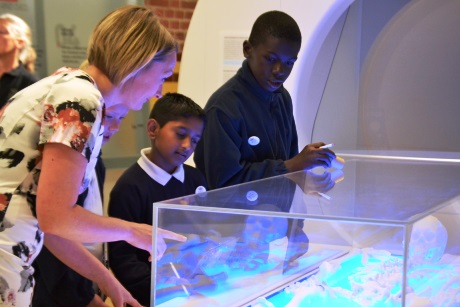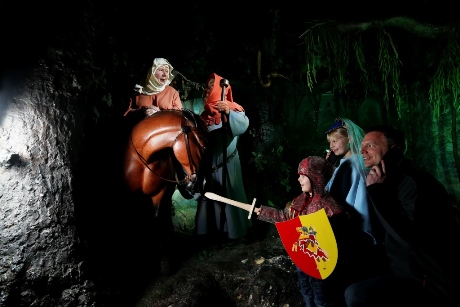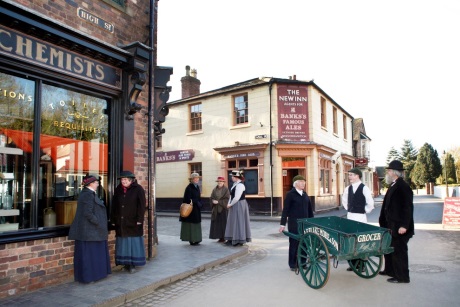
Educational visits to historical locations can help improve classroom outcomes. Here’s our pick of some places that are great for a school trip.
Historical school trips are important. In its report, History for All, Ofsted pointed out that, ‘history is well placed to enhance pupils’ sense of social responsibility.’ The subject has come a long way from the days when museums, stately homes and other historic attractions bored rather than enthused young people.
Instead of notices stating ‘don’t touch’, today’s school groups are encouraged to immerse themselves in times gone by through engaging workshops and hands-on activities.
With the push to focus the curriculum on British values and history, visiting important historical sites can help boost student’s interest not just in the subject itself, but also in their communities and the world around them.
1. Kent Mining Museum
Teachers seeking an all new attraction should look ahead to spring 2018 , when the Kent Mining Museum, built on the site of Kent’s last working coal mine in Betteshanger, will open. This museum will share and celebrate the story of energy in Kent, from coal mining through to sustainable energy.
Educational groups will learn about the county’s mining heritage through interactive displays, photographic records, artefacts and fascinating personal stories, finding out about how coal was mined and the day-to-day lives of the miners who worked at the collieries.
2. Canterbury attractions
Also new in Kent, having become available this year, is a joint school ticket that combines The Canterbury Tales and Canterbury Roman Museum. A day excursion begins with a visit to Kent’s Roman museum which was built around the remains of an original Roman town house. History sessions include Viking, Anglo Saxon and Roman workshops where pupils get to dress up and handle artefacts.

The afternoon takes in The Canterbury Tales attraction, where pupils will discover the sights, sounds and even the smells of the 14th century as they learn about the colourful poet and author Geoffrey Chaucer who wrote The Canterbury Tales.
3. The London Bridge Experience and London Tombs
Here the history of London Bridge is brought to life, with an interactive, educational pack for Key Stages 2 and 3 which sits alongside the visit to the attraction.
Transporting the students through the History of the capital with live actors in an immersive interactive experience, the tour begins with the early days of the bridge in the Roman era, before exploring the history of the bridge and its impact on the city of London throughout the centuries.
4. Ironbridge
Another inspirational site is UNESCO-listed Ironbridge in Shropshire, the birthplace of the industrial revolution and spanned by the world’s first iron bridge built in 1779. The collection of ten museums, which include a recreated Victorian town, china, tile and iron museums and an eerie brick-lined tar tunnel, provide a wealth of opportunities to study different aspects of history.

The many workshops include brickmaking, suitable for Key Stage 1 to 3, where groups watch a demonstration of brickmaking using traditional tools. After learning about working conditions and child labour, pupils then make their own individual quarter scale bricks which are taken back to school to be dried, varnished or fired. Similarly, pupils can learn how to make colourful candles using old dipping techniques.
5. The King Richard III Visitor Centre
Those school groups seeking a royal history might like to visit The King Richard III Visitor Centre in Leicester. The centre tells the story of the King’s life and death, and reveals one of the greatest archaeological detective stories in recent times. Killed in 1485 at the Battle of Bosworth, the king’s remains were unearthed four years ago beneath a town centre car park.
On a visit to the centre pupils will learn about the series of events which led to Richard becoming King in 1483, the battle and the hunt that led to the discovery of his skeleton and its identification.










